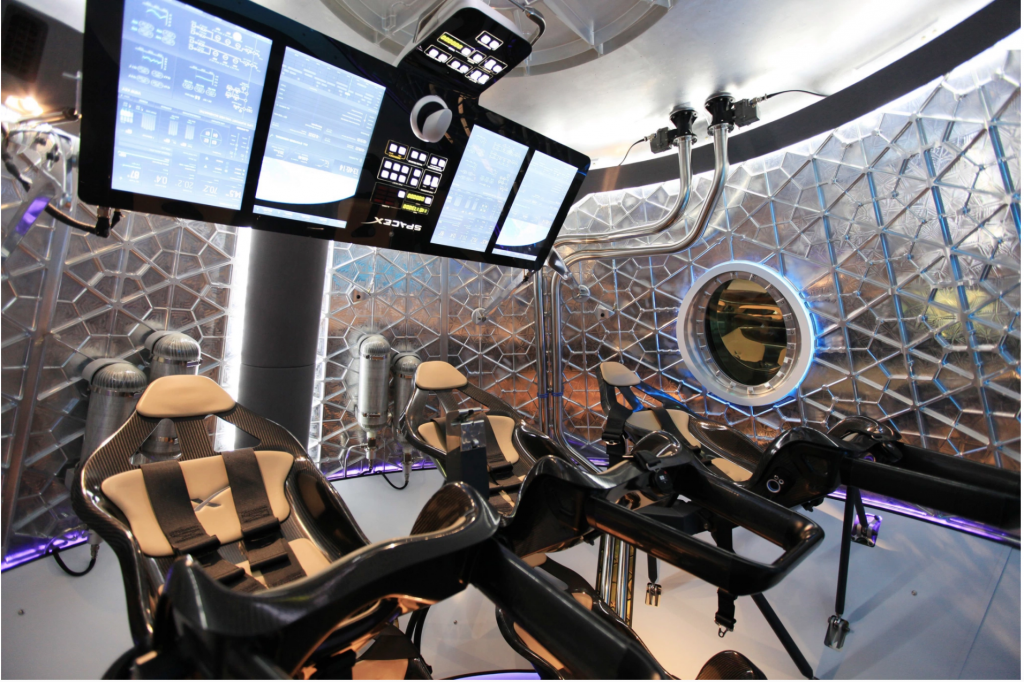
The interior of the Crew Dragon spacecraft looks sleek, modern and automated. (Source: Dimitri Gerondidakis, NASA)
NASA to Pursue More Autonomous Control of Space Flights, with Human Back-ups
The next generation of space explorers have seen the future on the SpaceX rocket, one in which AI runs all major systems with minimal input from humans.
When the Crew Dragon shuttle took NASA astronauts to the International Space Station in May, they entered a spaceship lacking the familiar consoles and boards of ’60s-era rockets, which have been replaced by multiple large touch screens with a variety of displays overhead, according to a story on MIT’s Technology Review website. The contrast to the aging Russian shuttles that most recently have been ferrying astronauts must have been a shock to the system.
“ ‘Growing up as a pilot, my whole career, having a certain way to control a vehicle—this is certainly different,’ Doug Hurley told NASA TV viewers shortly before the SpaceX mission. Instead of calling for a hand on the control stick, navigation is now a series of predetermined inputs. The SpaceX astronauts may still be involved in decision-making at critical junctures, but much of that function has moved out of their hands.”
The AI software is considered safer, more efficient and, obviously, not prone to human error. NASA engineer Darrel Raines says the agency is building its own shuttles with the same kind of autonomy. He’s creating software for the Orion deep space capsule, with autonomy in mind for “critical response time.” Liftoff, when a problem might require initiating an abort sequence in just a matter of seconds, is one example of how AI could be better than humans in responding. He also said that it could be a lifesaver if the crew is incapacitated for some reason.
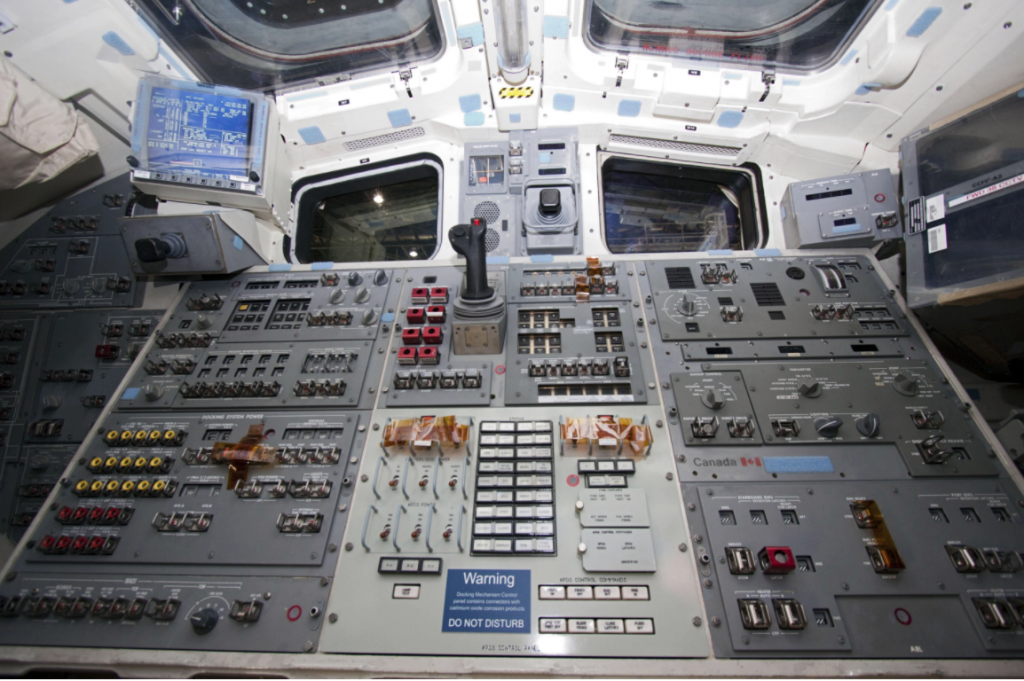
The space shuttle Atlantis dashboard. (Source: NASA)
The Technology Review writer Neel V. Patel also interviewed the CEO of Ad Astra, a Houston-based company planning to make plasma rocket propulsion technology viable in explaining why AI is becoming critical to these new technological advances in space flight: “The experimental engine uses plasma made out of argon gas, which is heated using electromagnetic waves. A ‘tuning’ process overseen by the system’s software automatically figures out the optimal frequencies for this heating. The engine comes to full power in just a few milliseconds.
“There’s no way for a human to respond to something like that in time,” says CEO Franklin Chang Díaz, a former astronaut who flew on several space shuttle missions from 1986 to 2002. Algorithms in the control system are used to recognize changing conditions in the rocket as it’s moving through the startup sequence—and act accordingly. “We wouldn’t be able to do any of this well without software,” he says.
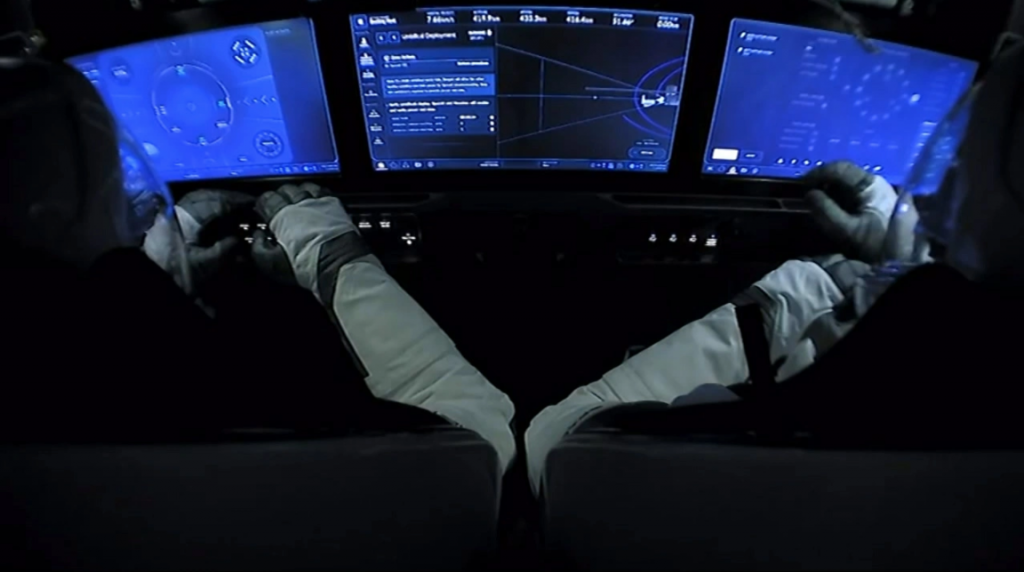
The Crew Dragon shuttle’s touchscreens replace the old fashioned console. (Source: NASA)
While commercial space flights will lean heavily on automation, NASA builds in both humans and computer redundancies, ensuring that humans can override some systems and that multiple failsafe exist in computer and human operations.
Ultimately, “the worst thing you can do is make something fully manual or fully autonomous,” says Nathan Uitenbroek, another NASA engineer working on Orion’s software development. Humans have to be able to intervene if the software is glitching up or if the computer’s memory is destroyed by an unanticipated event (like a blast of cosmic rays). But they also rely on the software to inform them when other problems arise.
read more at technologyreview.com


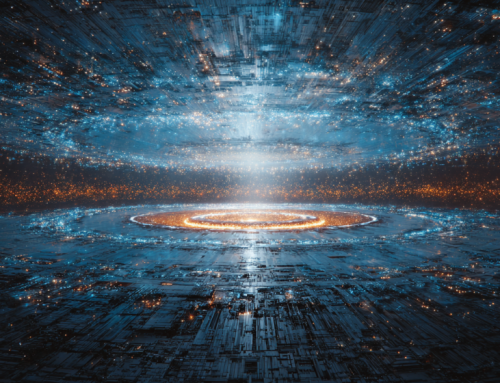
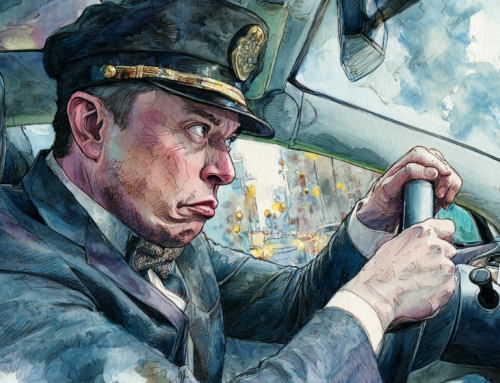

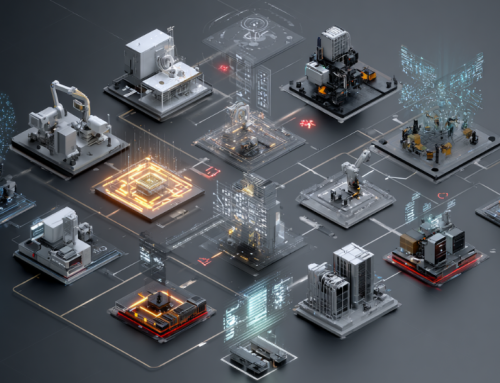

Leave A Comment